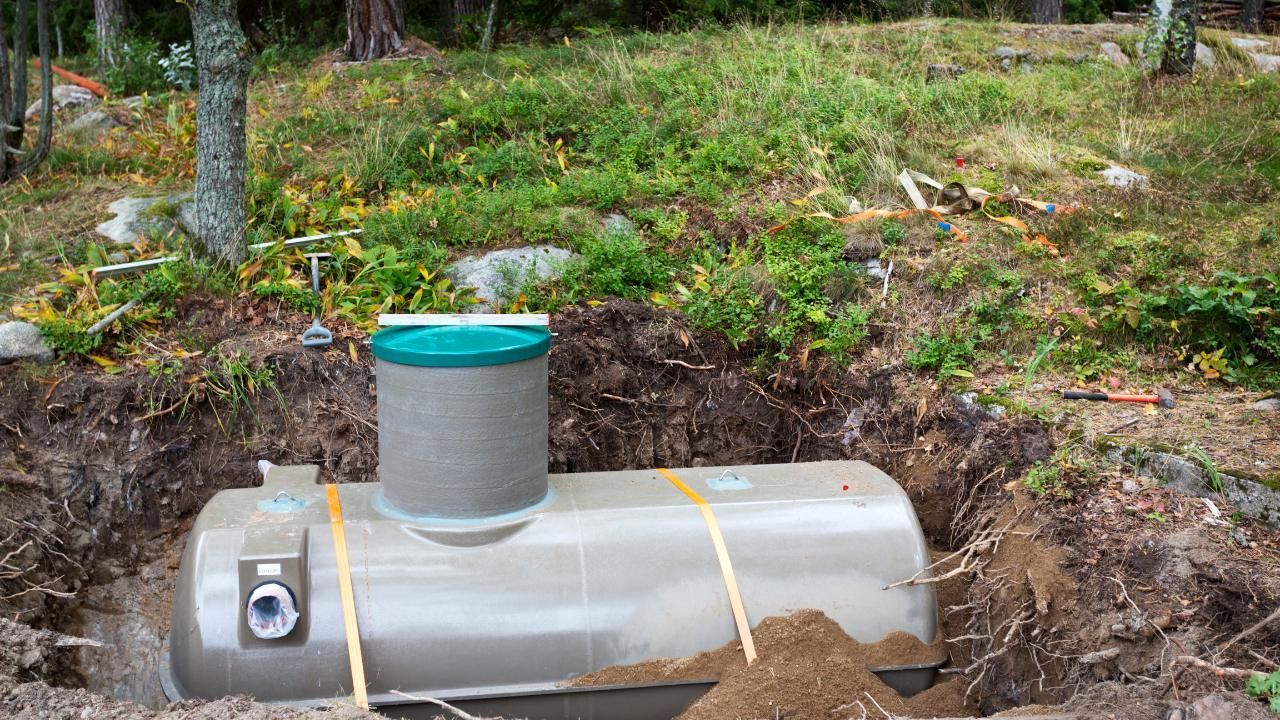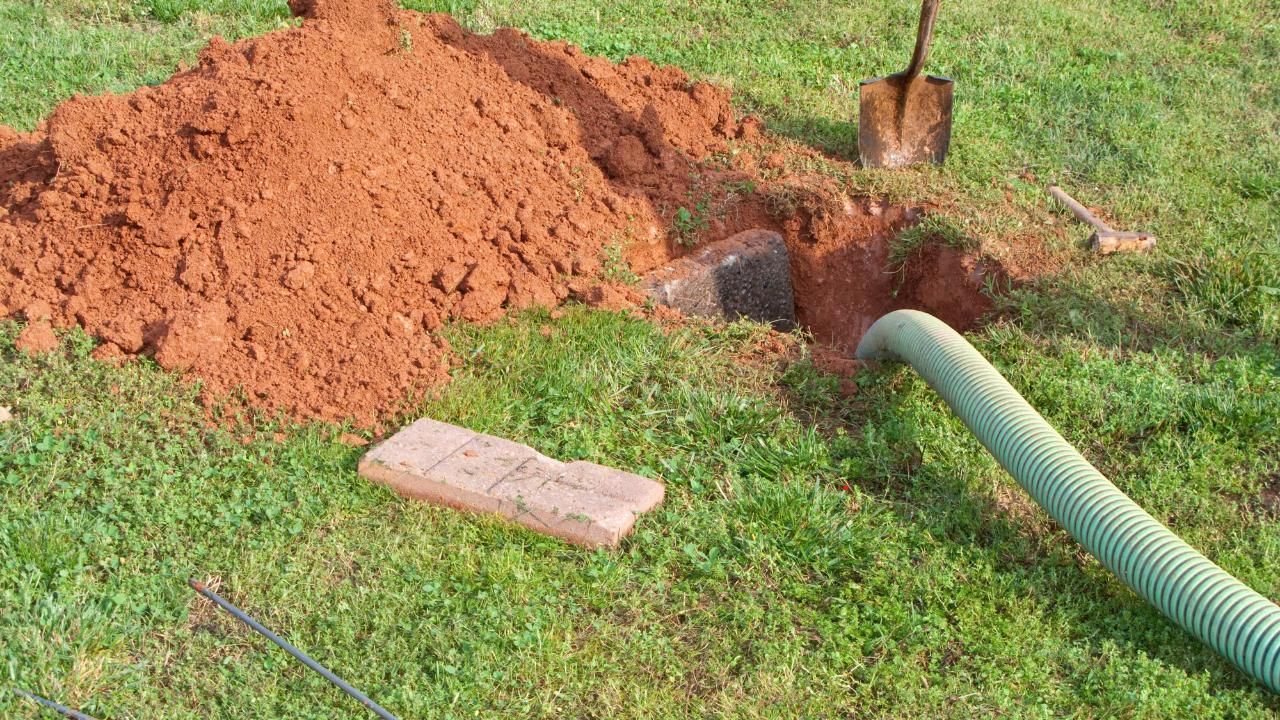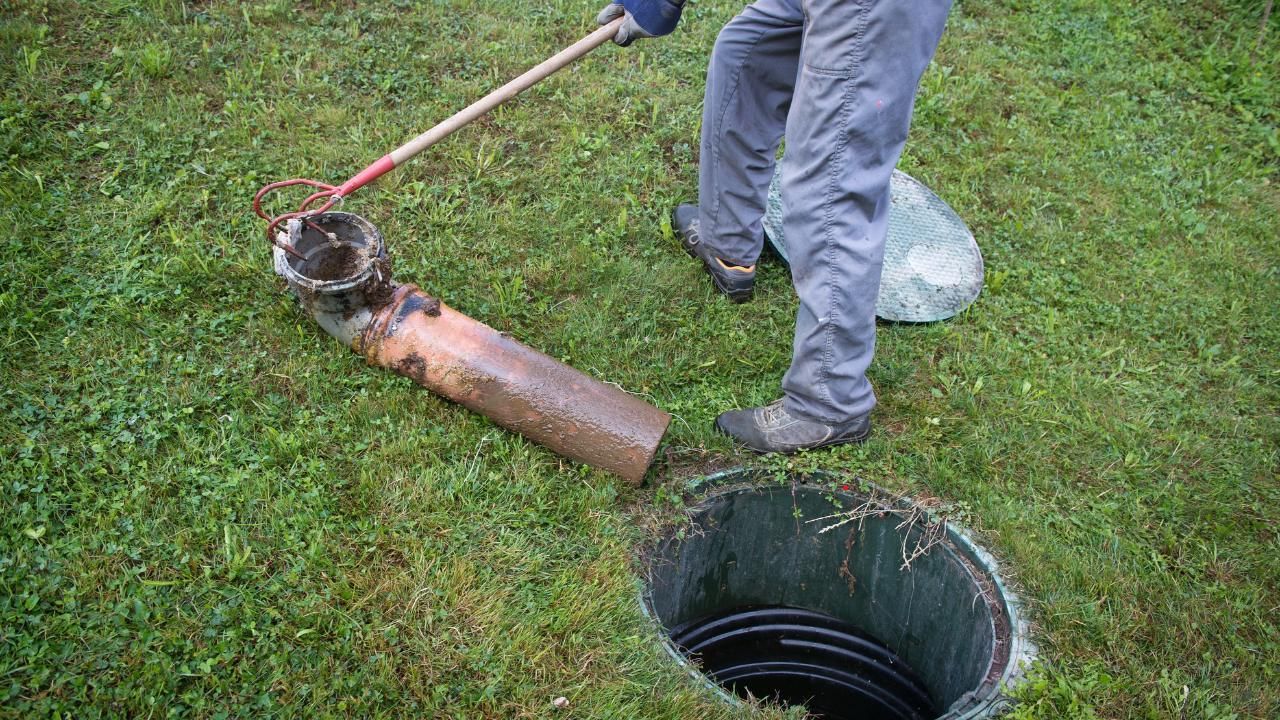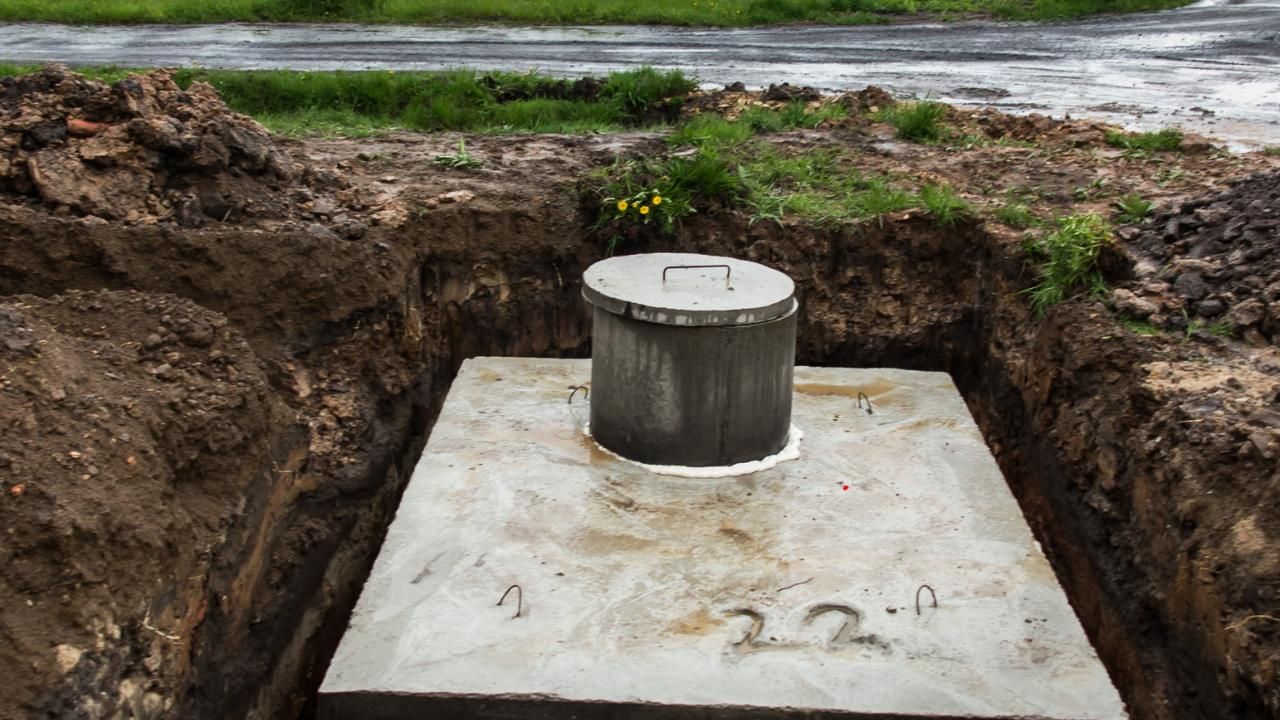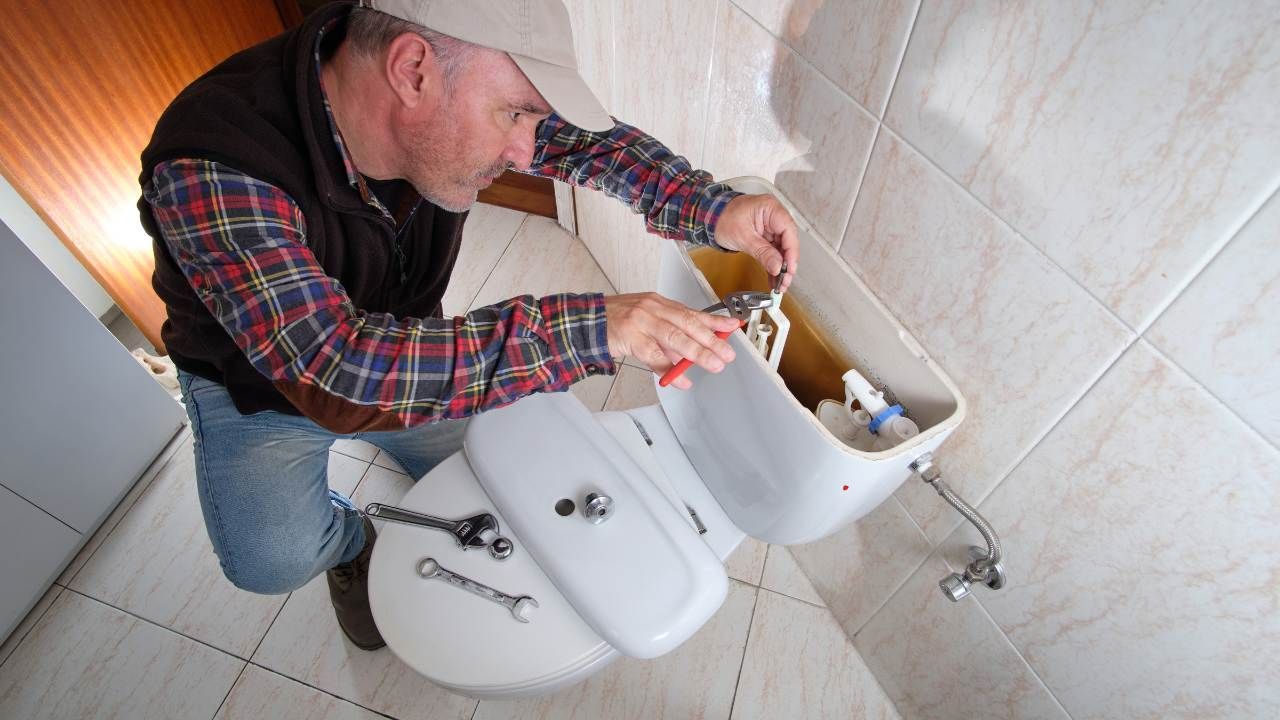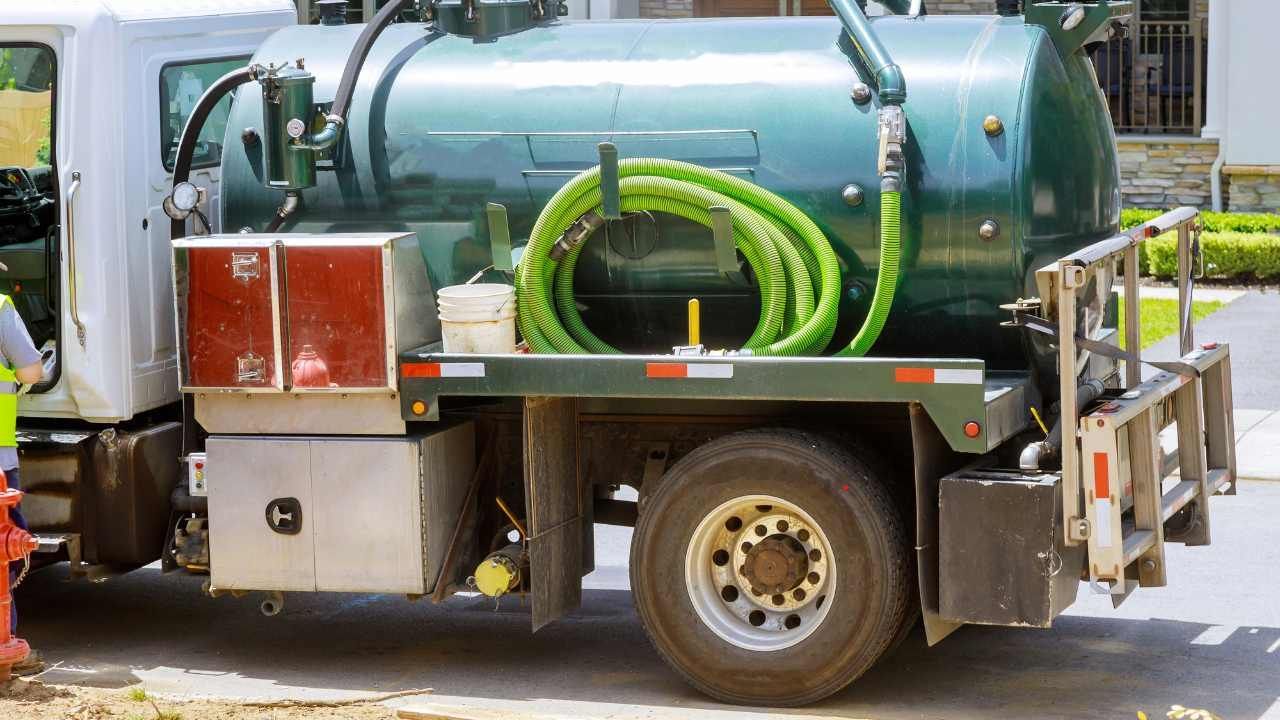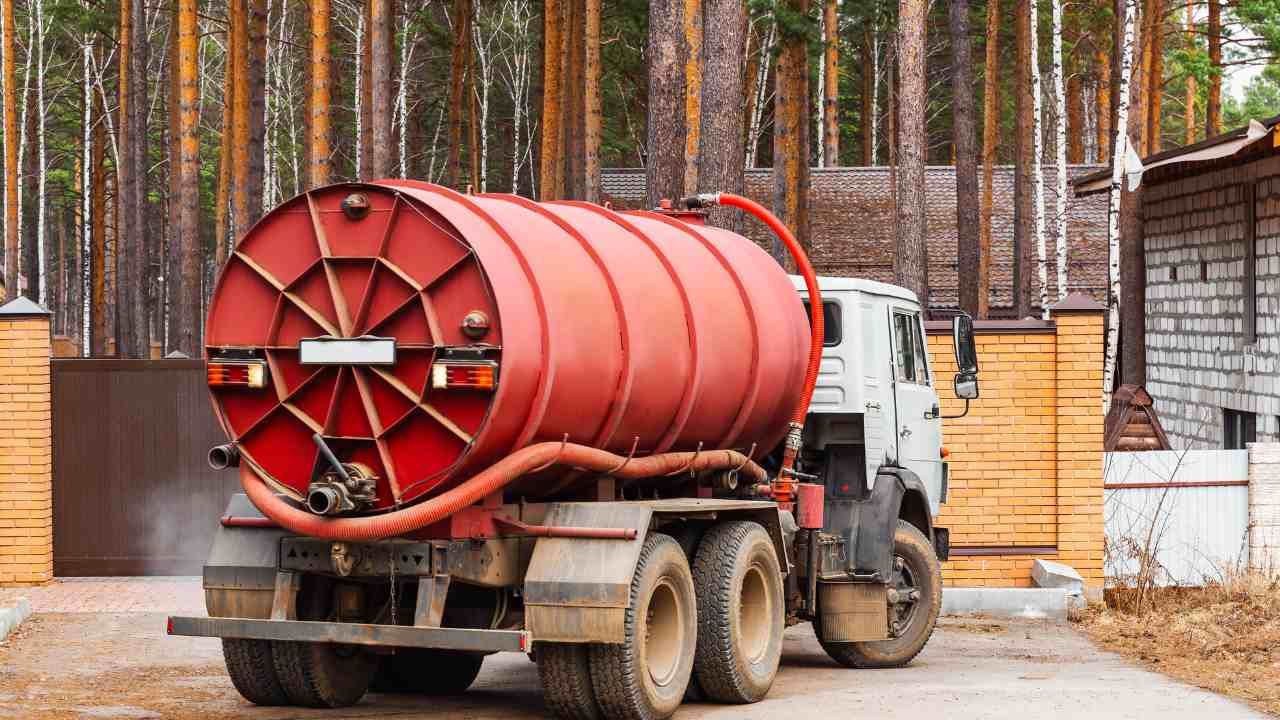Modern Septic Technology: What You Need to Know
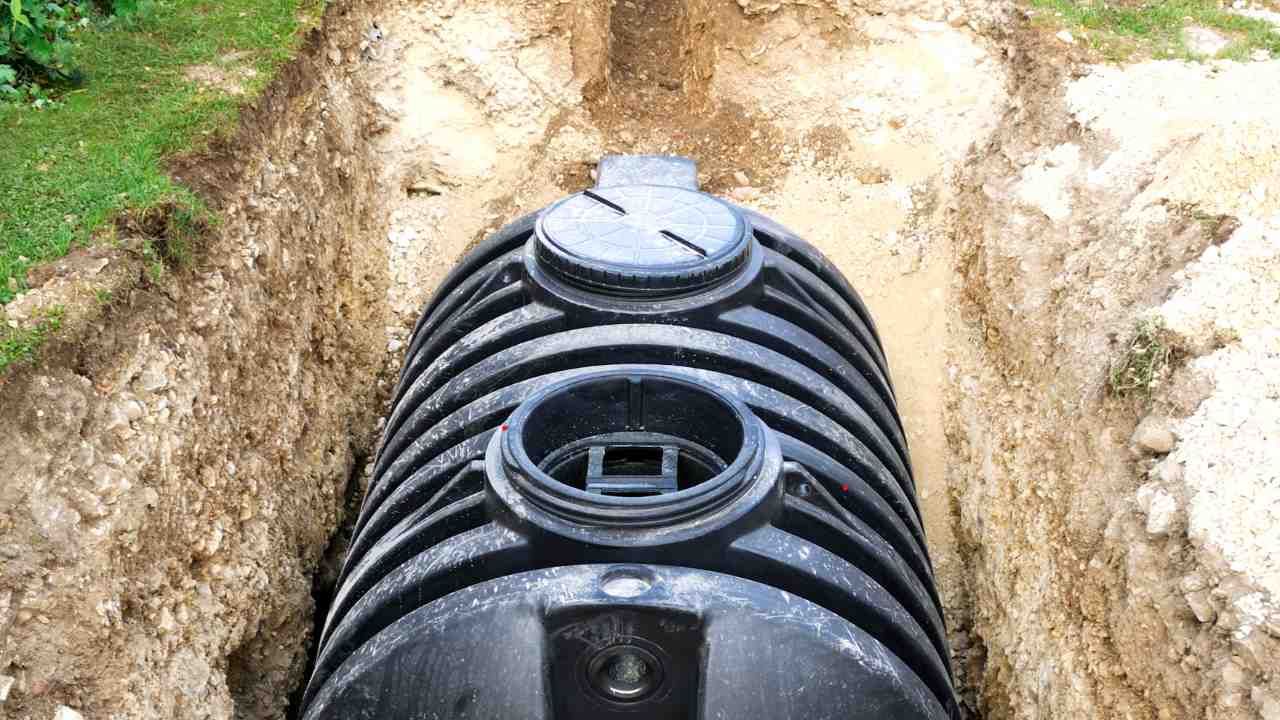
Homeowners who rely on septic systems know that septic tank pumping is essential for maintaining efficiency and preventing costly failures. But thanks to modern technology, septic systems are now smarter, more sustainable, and easier to manage than ever before. New innovations like real-time monitoring, advanced filtration, and eco-friendly treatment options are revolutionizing how homeowners care for their systems.
If your system is aging or requires frequent maintenance, these advancements could save you money while reducing environmental impact.
Smart Monitoring Systems: Real-Time Septic Management
Gone are the days of guessing when your septic tank needs maintenance. Smart septic monitoring systems now track tank levels, leaks, and overall system health. These high-tech sensors provide real-time data, sending alerts straight to your smartphone when maintenance is required.
How It Works:
- Remote Monitoring: Sensors measure sludge, scum, and liquid levels, preventing unexpected overflows.
- Leak Detection: Advanced monitoring helps detect leaks early, reducing the risk of groundwater contamination.
- Predictive Maintenance: Homeowners receive notifications when it’s time to schedule a pump-out, eliminating the guesswork.
With smart technology in place, homeowners can avoid costly repairs by addressing minor issues before they turn into major septic failures.
Eco-Friendly Septic Solutions: Protecting the Environment
Sustainability is a top priority in septic system advancements. New technologies focus on reducing environmental impact while improving efficiency.
Biodegradable Treatment Solutions
Many modern systems now use biodegradable additives containing beneficial bacteria and enzymes to break down waste naturally. These treatments improve system performance while reducing sludge buildup.
Aerobic Treatment Units (ATUs)
Unlike traditional anaerobic systems, ATUs introduce oxygen to accelerate the breakdown of waste. This results in cleaner effluent and a lower chance of groundwater contamination.
Constructed Wetland Systems
Some homeowners are opting for wetland-based septic systems, which mimic natural water filtration processes using plants and gravel beds. These systems provide:
- Better filtration of contaminants before water enters the environment.
- Longer system lifespan due to reduced stress on the tank.
- Aesthetic benefits, as they blend seamlessly into landscaped properties.
For eco-conscious homeowners, these innovations make wastewater treatment more sustainable and cost-effective.
Advanced Filtration and Waste Breakdown Technologies
Membrane Bioreactors (MBRs)
MBRs take filtration to the next level by using fine-pore membranes to filter out contaminants. These systems produce highly treated water, often safe enough for irrigation or reuse.
Enzymatic and Microbial Additives
By introducing specialized bacteria into the system, enzymatic treatments enhance the breakdown of waste materials. This reduces the frequency of pump-outs and improves overall system function.
Both technologies are game-changers in septic system maintenance, ensuring that homeowners get the most out of their investments while keeping their systems running efficiently.
Cost-Efficient Septic Upgrades: Are They Worth It?
Homeowners may hesitate when considering an upgrade, but the long-term savings can be substantial.
Upfront Costs vs. Long-Term Benefits
- Smart Monitoring Systems: $500–$2,000 initial investment, but can prevent repairs costing $10,000+.
- Aerobic Treatment Units: Higher upfront cost than traditional tanks, but lower long-term maintenance.
- Eco-Friendly Systems: Reduce the need for frequent pump-outs, saving money over time.
Additionally, many states offer tax incentives or rebates for homeowners switching to environmentally friendly septic solutions. Investing in these technologies not only protects your property but also reduces overall maintenance expenses.
Case Study: How a Smart Septic System Prevented a Costly Disaster
A homeowner in a rural area struggled with frequent septic backups and slow drains, despite regular pump-outs. Frustrated with recurring issues and costly repairs, they installed a smart septic monitoring system to track sludge levels in real time. Within weeks, the system detected a developing clog that could have led to a full septic failure, allowing them to schedule maintenance before disaster struck.
By addressing the issue early, the homeowner avoided a system backup that would have cost thousands in repairs. The smart monitoring system not only extended the life of their septic tank but also eliminated the need for constant manual inspections. This proactive approach saved money, reduced stress, and ensured a smoothly functioning system with minimal effort.
Is It Time to Upgrade Your Septic System?
Not sure if your septic system needs an upgrade? Here are some signs that indicate it's time:
- Frequent backups or slow drainage.
- Persistent foul odors around the tank.
- Higher-than-usual maintenance costs.
- Water pooling in your yard near the drain field.
If you’re experiencing any of these issues, consider upgrading to a smarter, more efficient septic system before costly problems arise.
Stay Ahead with Modern Septic Solutions
Regular septic tank pumping is essential, but modern technology can make maintenance even easier. If you're ready to explore the latest innovations in septic care, Septic Masters can help. Contact a septic system services expert today for advice and cutting-edge solutions!
Ask Your Questions
Get In Touch, Leave Us A Message
We're committed to providing affordable and reliable septic tank services. Whether you need cleaning, maintenance, or repairs, our experienced team is here to help. Get in touch with us today and leave us a message to schedule an appointment or inquire about our services.

